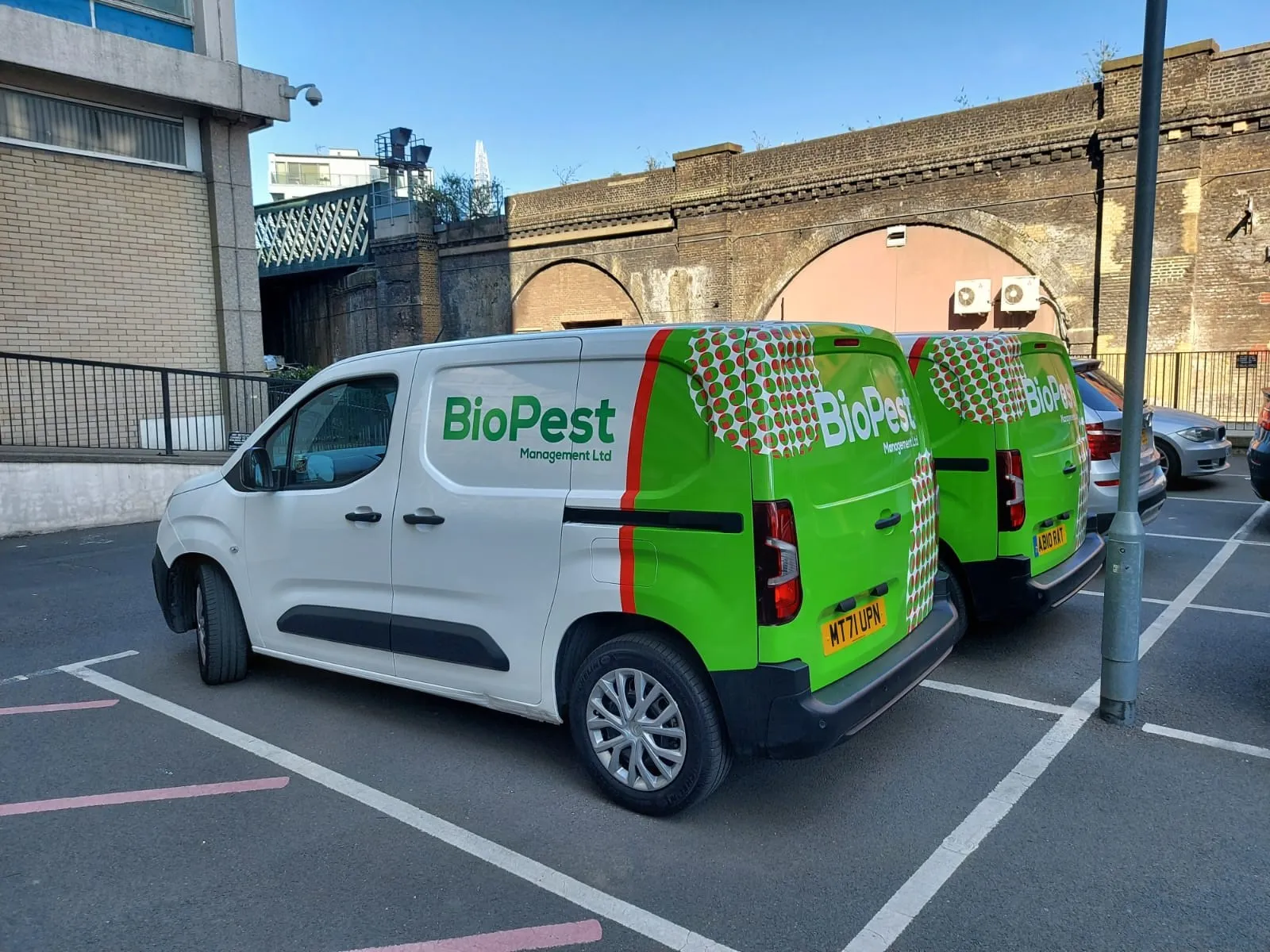

Why us?
BioPest Management Ltd, can manage and identify any pest issues throughout London.
Our experienced team of office staff, technicians and surveyors will help support you and your home or business.
BioPest Management Ltd service technicians use the latest professional pesticides on the market, to help ensure our insecticide and rodenticide treatments are effective against the target species.
How businesses can benefit
Over 45% of businesses in the UK have reportedly experienced a pest infestation at some point.
Pest infestations in businesses can lead to a significant loss of goods, with some sectors reporting up to a 20% loss due to pests.
In a survey, nearly 60% of businesses cited reputation damage as the biggest concern arising from pest infestations.
Frequently asked
I can hear loud scratching noises in my ceiling which I think it may be mice. How would I be able to tell if its mice?
You could have rodents such as mice, rats or squirrels in the ceiling void. Let us book you in for a survey to identify the pest species and support you with our rodent control programmes. Our highly trained surveyors and technicians will check for droppings, gnawing, smear marks, urine odours and nesting materials.
I have a wasp nest on the site of my house above the window, I have tried to use insecticide to kill the nest but they are still there. Can you control the wasps?
Our highly experienced technicians use ‘professional use’ products to control a wasp nest. Firstly, we will need to identify the wasps and ensure they are not bees.
I have been bitten by something and can not find what is bitting me. I think it might be bed bugs but I have not seen any bugs in my bed, can you help?
Bed bugs will usually harbour around the seams of the mattress, behind the head board, and the base of your bed. ‘Spotting” is also a clear sign of bed bug activity, with small black spots of bed bug faeces being found in these areas mentioned. If you are being bitten, it could be a number of different bitting insects from fleas, bed bugs, gnats, ants, or mosquitoes. Our highly trained team of surveyors and technicians will be able to identify the correct species insects at your property and provide expert monitoring and control programmes.